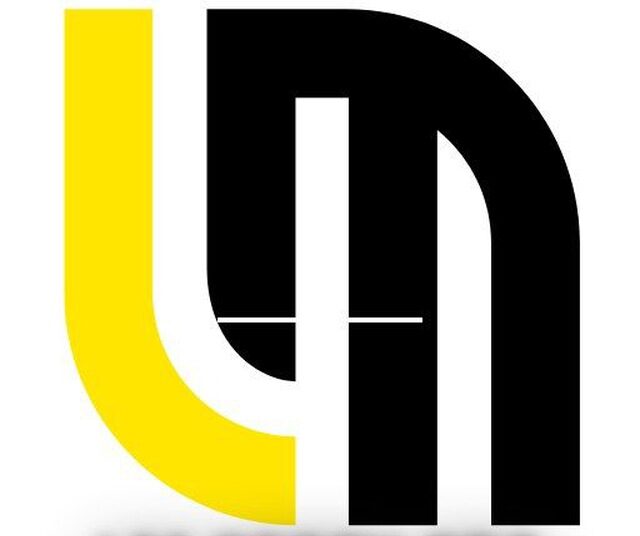Federal Reserve Bank The President of the Philadelphia Patrick Harker said on Monday that the current economy is arguing with a fixed policy at the present time, Reuters said.
Main meals
“Monetary policy is now good.”
“Federal Federal Reserve Policy options will be paid in data.”
“The federal reserve policy position should continue to reduce inflation.”
“The inflation was high and has been sticky in recent months.”
“Inflation was seen again to a 2 % goal over the next two years.”
“The labor market is largely balanced.”
“The economy is working on the position of strength.”
“Not sure that the new government’s policies affect the economy.”
Fed questions and answers
The monetary policy in the United States is formed by the Federal Reserve (Fed). The Federal Reserve has two states: to achieve price stability and enhance full employment. Its primary performance to achieve these goals is to adjust interest rates. When prices rise very quickly and inflation is 2 % higher than the Federal Reserve goal, it raises interest rates, which increases borrowing costs throughout the economy. This leads to the most powerful USD (USD) because it makes the United States a more attractive place for international investors to stop their money. When inflation decreases to less than 2 % or the unemployment rate is very high, the Federal Reserve may reduce interest rates to encourage borrowing, which weighs on the green back.
The Federal Reserve (Fed) holds eight political meetings annually, as the FOOC Open Market Committee (FOMC) evaluates economic conditions and takes monetary policy decisions. FOMC attends twelve officials of the Federal Reserve-seven members of the Governor Council, the President of the Federal Reserve in New York, and four regional regional regional presidents, who serve for one year on a roundabout.
In extreme situations, the Federal Reserve may resort to a policy called quantitative mitigation (QE). QE is the process that the Federal Reserve increases significantly from the flow of credit in a suspended financial system. It is a non -standard policy scale used during crises or when inflation is very low. The preferred Federal Reserve during the great financial crisis was in 2008. It includes the printing of the Federal Reserve more than dollars and their use to buy high -quality bonds from financial institutions. QE usually weakens the US dollar.
The quantitative tightening (QT) is the reverse process of QE, as the Federal Reserve stops buying bonds from financial institutions and the manager does not re -invest from mature bonds, to buy new bonds. It is usually positive for the value of the US dollar.
2025-02-17 14:34:43
